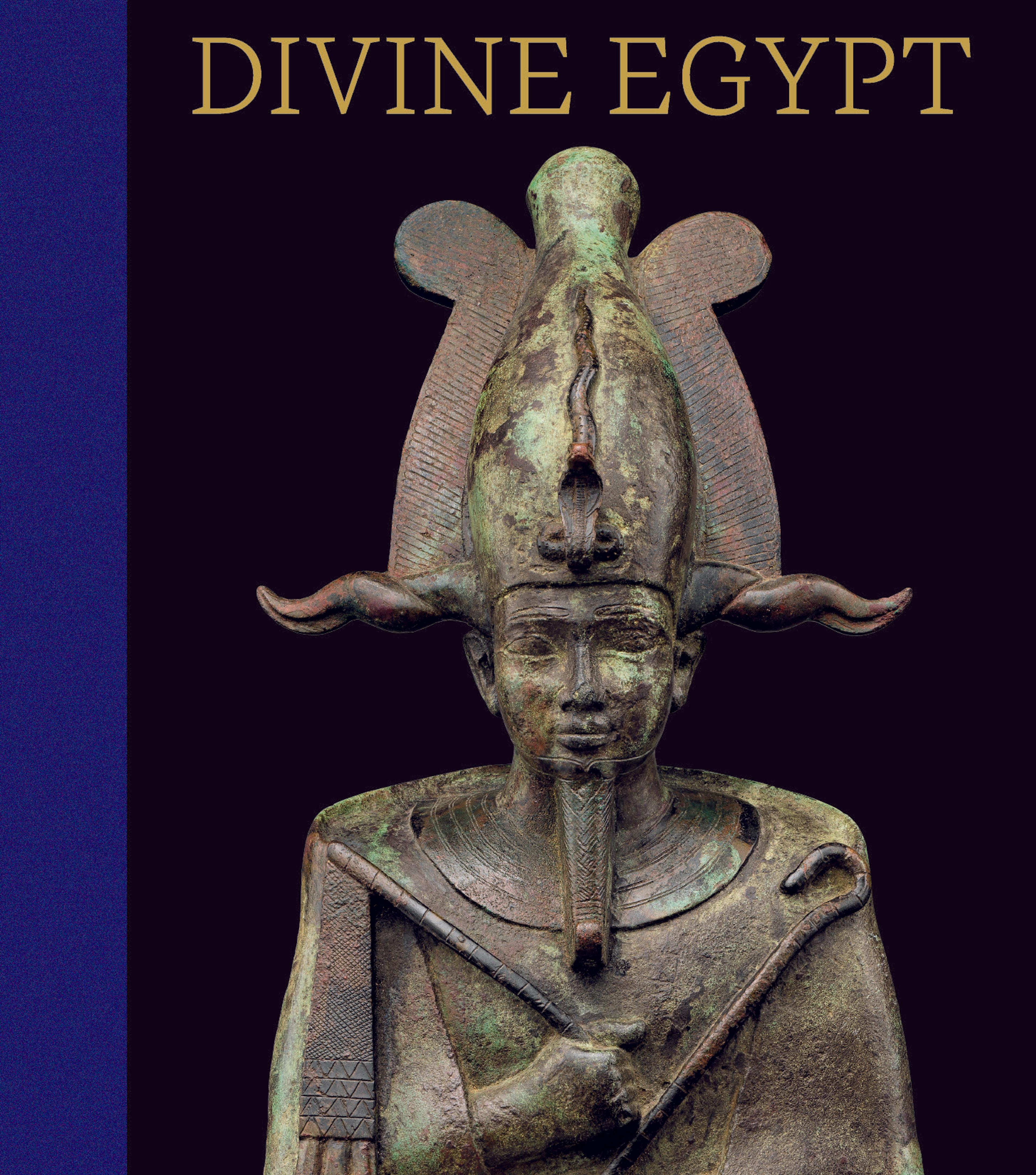Statuette of Horus the Child
Harpokrates, or Horus the Child, is depicted here. Nudity and a finger (broken) raised to the mouth identify the figure as a child god, reinforced by the plumpness of his body and rolls of fat on his throat, and by the child lock once affixed to his crown on the left. The double crown identifies the god specifically as Harpokrates. The crown is quite elaborate, decorated with tiny circles and falcon spread across the back of the crown. The god also wears a large broad collar and a precious metal bag amulet hangs on a string about his neck.
The torsion in the god's figure is remarkable.
The torsion in the god's figure is remarkable.
Artwork Details
- Title: Statuette of Horus the Child
- Period: Ptolemaic Period
- Date: 332–30 BCE
- Geography: From Egypt; Possibly from Eastern Delta, Tanis (San el-Hagar)
- Medium: Cupreous metal
- Dimensions: H. 37.9 × W. 10.4 × D. 12.2 cm (14 15/16 × 4 1/8 × 4 13/16 in.)
- Credit Line: Rogers Fund, 1944
- Object Number: 44.4.7
- Curatorial Department: Egyptian Art
More Artwork
Research Resources
The Met provides unparalleled resources for research and welcomes an international community of students and scholars. The Met's Open Access API is where creators and researchers can connect to the The Met collection. Open Access data and public domain images are available for unrestricted commercial and noncommercial use without permission or fee.
To request images under copyright and other restrictions, please use this Image Request form.
Feedback
We continue to research and examine historical and cultural context for objects in The Met collection. If you have comments or questions about this object record, please contact us using the form below. The Museum looks forward to receiving your comments.
